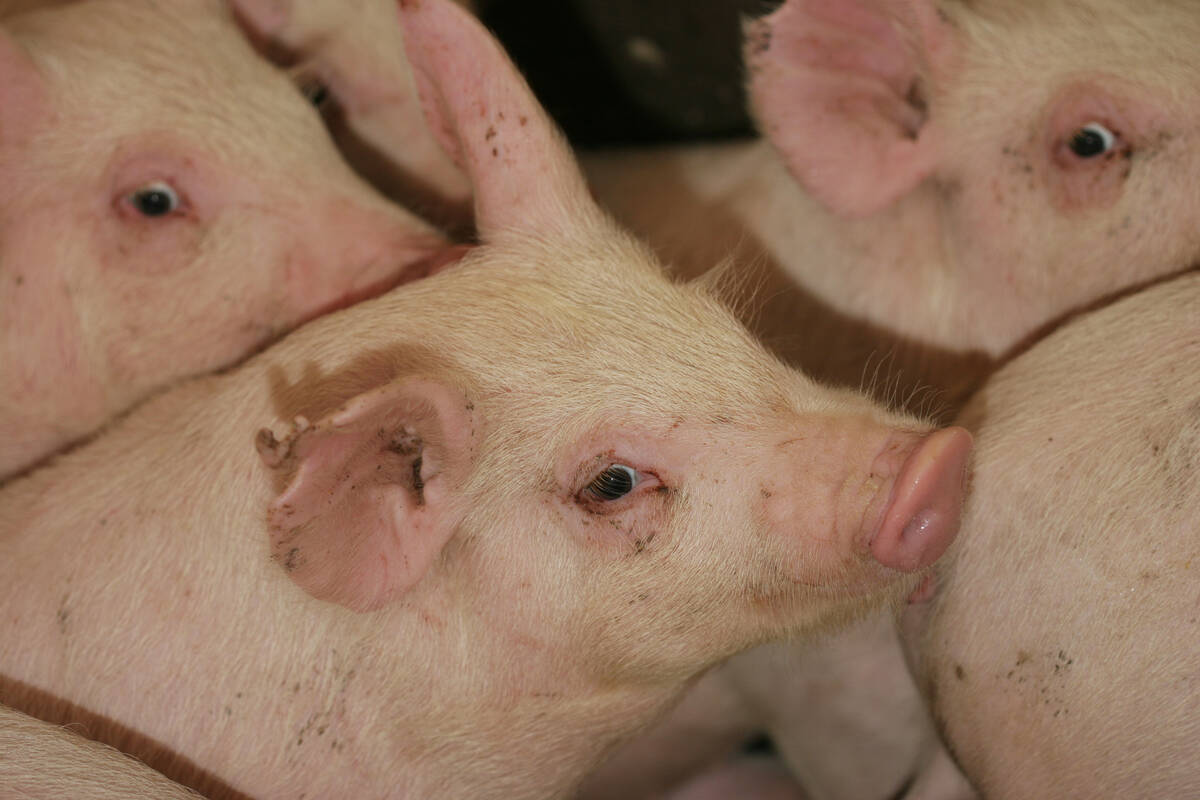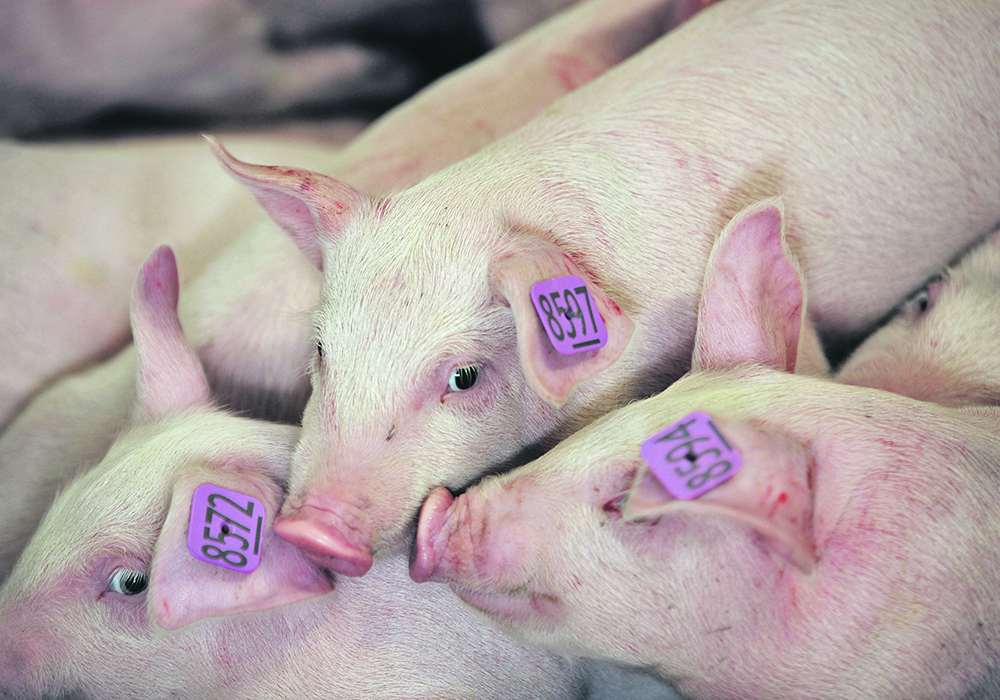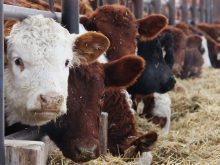Recent rare case should be seen as a reminder for producers to pay special attention to diarrhea with no known cause
A parasitic disease considered uncommon in Alberta hogs is being reported in the province, according to the Canada West Swine Health Intelligence Network.
Coccidiosis, an intestinal tract disease that causes diarrhea in hogs, is often found in humid conditions and can be misdiagnosed, according to Alberta Pork’s Javier Bahamon.
Bahamon, Alberta Pork’s quality assurance and production manager, is also part of the CWSHIN team that tracks diseases in the industry, providing early warnings for possible new infections that could affect producers.
“What we are seeing is sometimes the diagnosis is not being properly done,” said Bahamon. Diarrhea in swine can be a symptom of several digestive tract viruses and bacterial infections.
Read Also

The Western Producer Livestock Report – September 25, 2025
The U.S. national live price average for barrows and gilts was $81.21 Sept. 17. It was $78.37 Sept. 9. U.S. hogs averaged $106.71 on a carcass basis Sept. 17, up from $106.10 Sept. 9.
Coccidiosis, however, is a parasitic infection that can be seasonal and is spread through exposure to feces of another infected animal.
Bahamon said a case reported by an Alberta veterinarian was unusual.
“It was not the usual coccidiosis that we see. It presented differently and they were able to control it, diagnose it and reacted to it.”
Bahamon said it’s a good signal to Alberta hog producers to redouble biosecurity efforts, check pens and be especially mindful of cases of diarrhea with no known cause.
“One of the problems we have with coccidiosis is it comes with other diseases,” he said.
That can sometimes lead to the easier-to-identify ailment being treated, leaving a case of coccidiosis untreated.
“We’re trying to put in front of producers at this time that they should be checking every single time for the different conditions,” said Bahamon. “Not just make a guess by observation but take samples so the lab is able to tell them if it is a rotavirus or screen for parasites as well.”
Bahamon said diagnosing coccidiosis can be “hit or miss” because hog producers don’t often test for it.
“It can be present along with three or four diseases at the same time and we just diagnose one or two that are the most likely,” he said.
The parasite being found in Alberta “should be a signal that we should be investigating every single case of diarrhea and not trying to explain it as being from a simple cause such as a change in feed,” he said. “It’s better to have that proper diagnosis from the lab.”
The parasite’s eggs thrive in warm, moist conditions and can survive for lengthy periods, making the illness hard to eradicate once established.
While not fatal, coccidiosis can have a negative effect on piglet weight gain and performance.
“And feed right now is very precious,” said Bahamon.
He added that hog producers should be especially mindful of the piglets during the first three weeks because that is when they are the most susceptible. The disease will become more apparent when the animals reach maturity at lower than usual weights.
Bahamon doesn’t expect farm-to-farm transmission of coccidiosis to be an issue as long as proper biosecurity measures are in place.
















